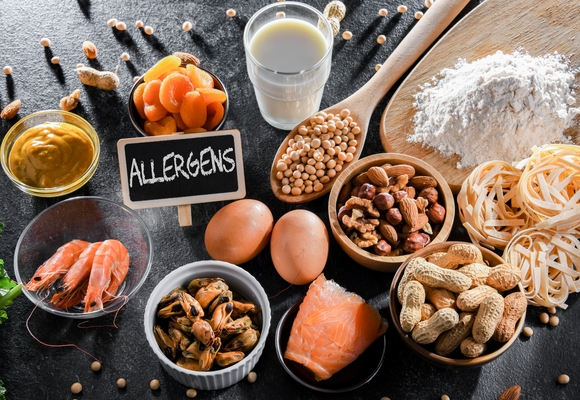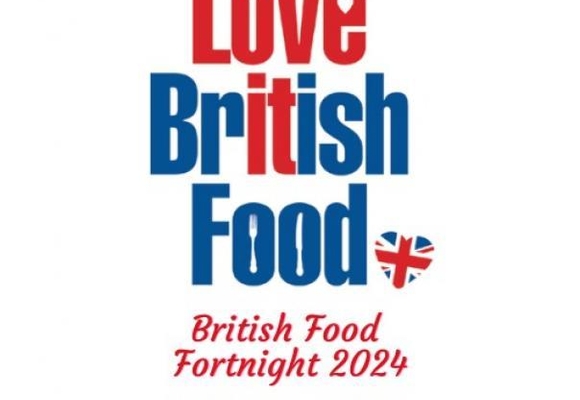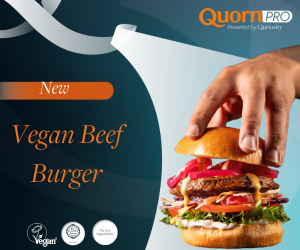From 1 August 2023, the UK’s alcohol duty will be reformed, removing some of the differentials in rates between types of alcohol. The rate of duty to be paid will now entirely depend on the alcoholic strength of the product rather than type — except for products with an alcohol by volume (ABV) range of between 3,5% to 8,4%. This will see products between 8,5%-22% rate of duty per litre of alcohol change to £28.50, and those with over 22% will have their duty rate per litre increase to £31.64.
Luckily there will be draught relief in place to provide lower alcohol duty on these products sold on-trade, like in pubs and bars. The duty rates will be discounted by 9.2% for qualifying beers and ciders. Draught relief will apply to any products within a 20-litre or larger draught container that either incorporates or is designed to connect a pressurised gas or pup delivery system. This relief will not be available for takeaway drinks bought from pubs and bars.
The small brewer’s relief scheme is being replaced with a broader small producer relief scheme. This will apply to all alcoholic products with an ABV of less than 8,5% and smaller producers with less than 4,500 hectolitres per year.
Wine will be given temporary relief for the first 18 months of the new duty. From 1 August 2023 to 31 January 2025, all wine with an ABV between 11,5% and 14,5% will all be treated as a 12% ABV strength. Previously, ABV was charged at a set rate per hectolitre of wine. This temporary relief allows producers a transition period for a new method of calculating duty owed to wine producers and importers.
The existing regime-specific approval process will be replaced with an online single alcohol approval that will cover all types of production. This reform is set to reduce the consumer price index inflation rate marginally. This reform is set to impact individuals, hospitality venues and restaurants.










